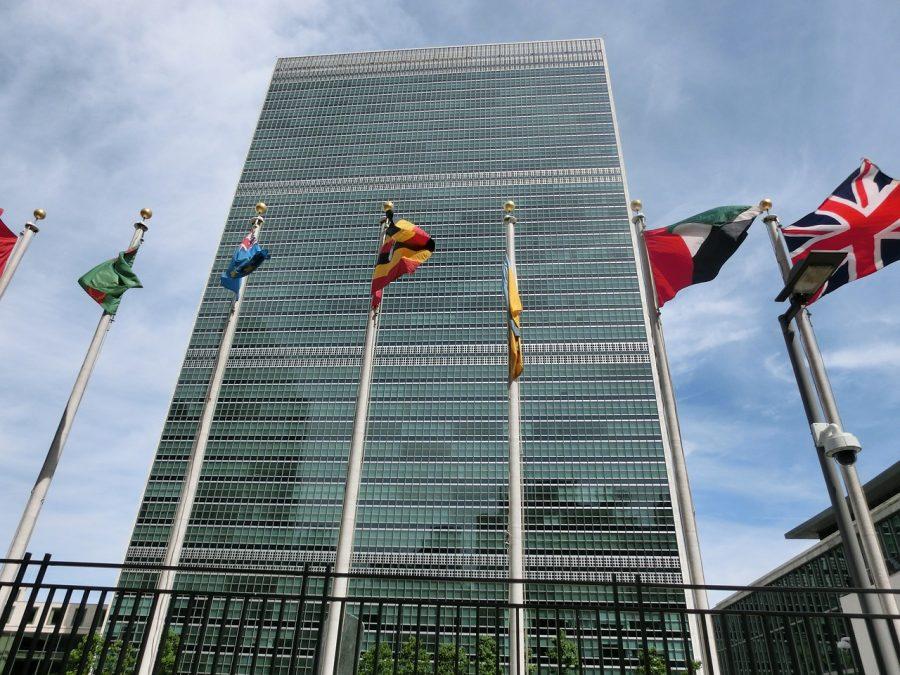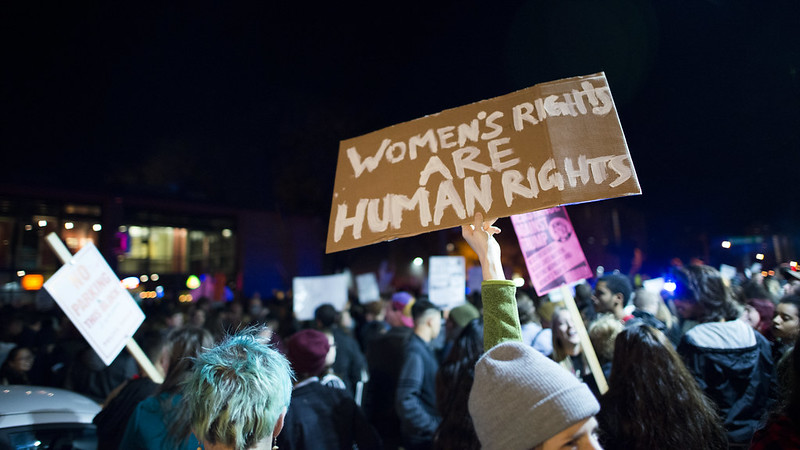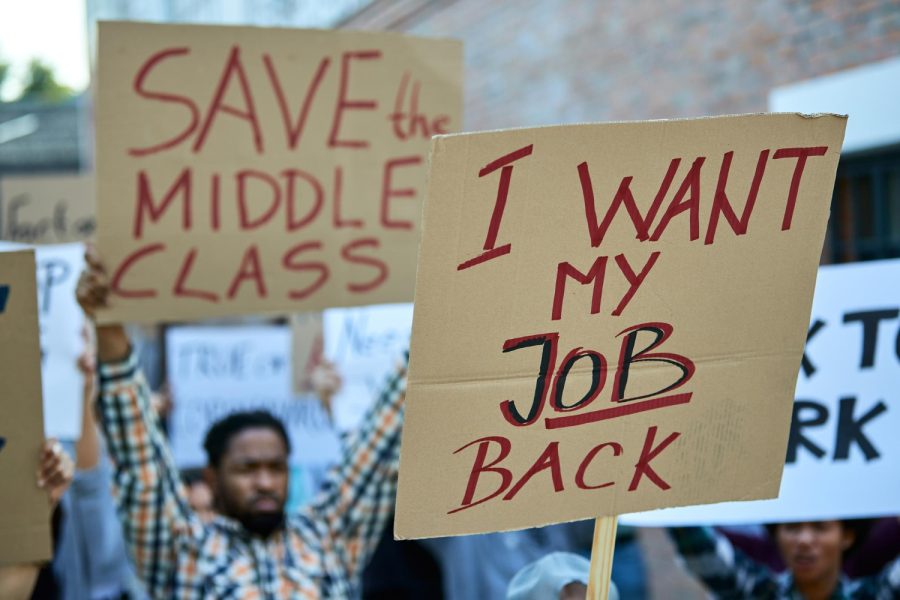On Thursday, June 1, President Donald Trump decided to pull the United States from the 2015 Paris Climate Accord, a landmark international agreement aimed to combat global warming.
On November 4, 2016, the agreement was officially entered into force, with 195 out of 197 countries signing the agreement. Syria and Nicaragua are the only two countries who have not signed the agreement. Originally, before Thursday, 147 out of the 195 signing countries had ratified the agreement. However, it is now 147 out of 194 since Romania ratified the agreement the same day the U.S. withdrew.
President Trump’s explanation for the decision was that the agreement was unfair, adding that the U.S. had pledged to pay billions of dollars whereas large polluters such as India and China were not required to do anything until 2030.
This is inaccurate. China has announced that it intends to max out its carbon dioxide emissions by 2030, if not sooner. It has also invested more in renewable energy than any other nation, and is largely focusing on an increase in the use of solar energy. India is also doing a lot to reduce its emissions. It is delaying the construction of multiple coal power plants, and is taking large strides to increase its use of solar and wind power.
Trump was correct in that the U.S. would be paying far more than other countries; $3 billion to be exact, twice the amount of the second-largest pledger, Japan. However, the total dollar amount is not important here. The value that matters the most is the per-capita amount.
Although the the U.S. paid billions more than other countries, it also has a very large population. This means that the cost per person in the United States actually amounts to a lower cost than the cost per person in other countries.
The per-capita cost in the U.S., or the amount each person in the U.S, will pay, is $9.41. Other countries, such as Norway, France, Germany, Britain, and many more actually have a higher per-capita cost. Sweden has the highest per-capita cost, with each person paying $59.31. So no, the climate agreement is hardly unfair to the U.S.
Another misstatement by President Trump is his claim that the climate agreement would only lower the global temperature by two-tenths of a degree Celsius by 2100. In all honesty, that would a terrific accomplishment.
Unfortunately, there is no possible scenario where the average global temperature sees an overall reduction by the year 2100. The goal of the Paris Climate Accord is to prevent the average global temperature from rising 2 ℃, if not less, above preindustrial levels by 2100. This is is the necessary threshold to prevent the most extreme catastrophic climate events. At a 3 ℃ increase, entire ecosystems would be destroyed. At a 4 ℃ increase, irreversible damage would be done, and it would literally only be a matter of time before an apocalyptic event. As of now, there has been about a .8 ℃ increase.
If trends continue to occur exactly the way they are now, there would be a 4.2 ℃ increase by 2100. Assuming each country were to stick to their pledge, there would be a 1.8 ℃ increase by 2100. Assuming Trump was rather referring to a decrease in the rate of emissions, this shows a remarkable 2.4 ℃ decrease as opposed to simply a .2 ℃ decrease as Trump had indicated.
Nevertheless, the decision to withdraw from the Paris Climate Agreement was a very misinformed and damaging one. Global warming is a frightening and dangerous event, and it is imperative that all countries worldwide look past the challenges they are faced with and instead focus on the long term goal.
Categories:
U.S. Withdrawal from Paris Climate Accord A Dangerous Move
June 16, 2017
On April 22, 2016, representatives from 195 countries met at the United Nations Headquarters in New York, New York to sign the Paris Climate Accord. – phograph by jensjunge – CC0 license
0






